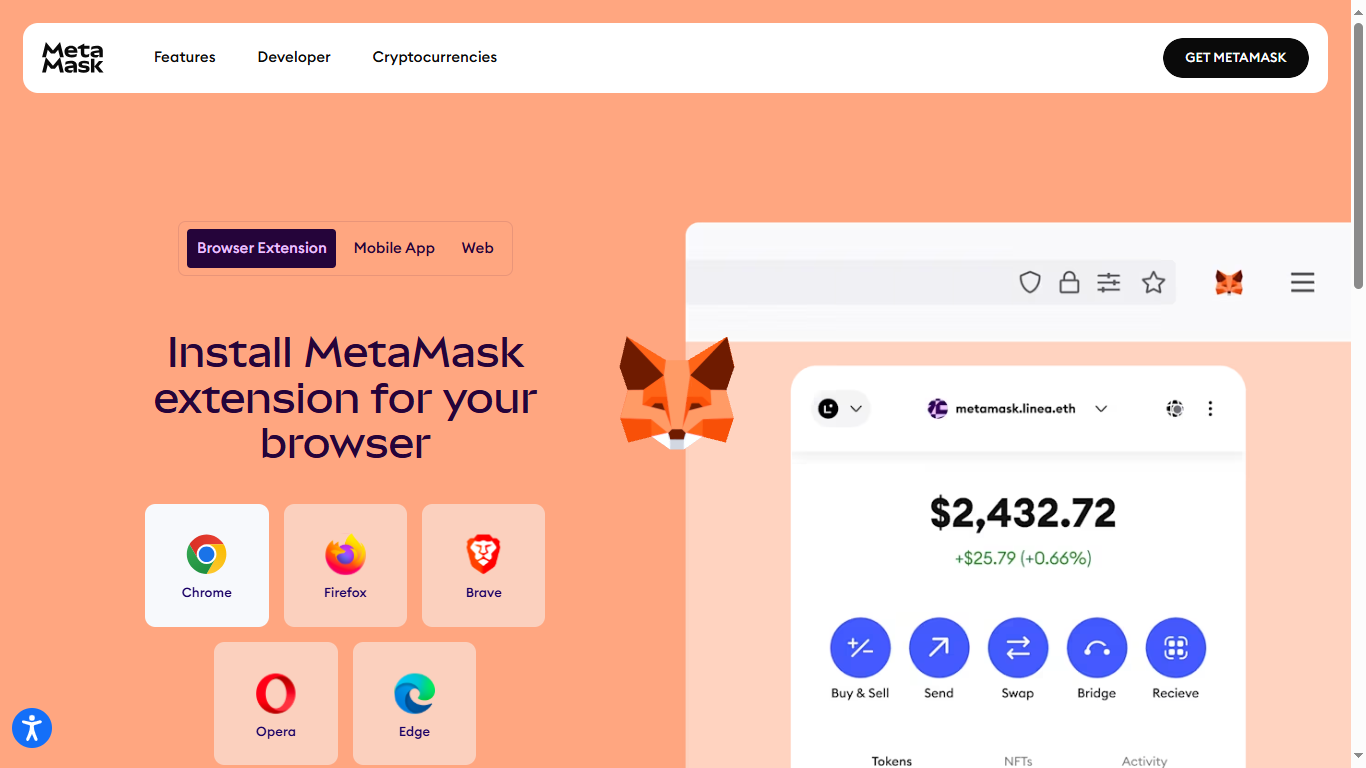
MetaMask Login: A Comprehensive Guide to Accessing the Decentralized Web
In the rapidly expanding world of decentralized applications (dApps), MetaMask has become one of the most essential gateways for users navigating the blockchain ecosystem. Whether you’re trading tokens, accessing DeFi platforms, or exploring NFT marketplaces, the MetaMask Login process forms the bridge between your browser and the blockchain. This guide breaks down how it works, why it matters, and best practices to secure your digital identity.
What Is MetaMask?
MetaMask is a non-custodial cryptocurrency wallet and identity manager designed primarily for Ethereum and EVM-compatible blockchains. Unlike traditional accounts controlled by centralized servers, MetaMask allows users full authority over their assets by providing private key ownership. This structure empowers users with autonomy while enabling frictionless interaction with decentralized platforms.
How MetaMask Login Works
The MetaMask login mechanism focuses on secure, local authentication rather than server-based storage. Instead of using email-password combinations, MetaMask utilizes seed phrases and private keys to establish wallet ownership.
1. Installing MetaMask
MetaMask is available as:
A browser extension (Chrome, Firefox, Brave, Edge)
A mobile application (iOS and Android)
Once installed, users can choose to create a new wallet or import an existing one.
2. Creating or Importing a Wallet
During setup, users will receive a 12–word Secret Recovery Phrase (SRP). This phrase is the cryptographic algorithmic key that generates your wallet. MetaMask does not store it; therefore, keeping it offline and secure is crucial.
3. Logging In
After setup, login becomes simple:
Open MetaMask
Enter your password
Access your wallet instantly
This password decrypts the locally stored wallet data. The algorithmic process behind it ensures only the device owner can access the wallet—no external servers are involved.
Why MetaMask Login Is Different
Traditional login systems validate credentials on centralized databases. MetaMask, however, embraces a decentralized approach:
Local Encryption: All sensitive information remains encrypted within your device.
Non-Custodial Access: Users retain full ownership of private keys.
Blockchain-Based Identity: Instead of usernames, your blockchain address becomes your digital identity.
This method reduces common cybersecurity threats like database breaches, password leaks, and account hijacking.
Best Practices for a Secure MetaMask Login
To optimize your MetaMask experience, consider following these essential habits:
Protect Your Secret Recovery Phrase: Store it offline in multiple secure locations.
Use a Strong Password: Combine symbols, numbers, and mixed-case characters.
Enable Device Security: Biometrics and hardware-level encryption significantly enhance safety.
Avoid Phishing Scams: Always double-check URLs before logging in to any dApp.
Final Thoughts
MetaMask’s login system represents a major shift from conventional authentication models. Instead of relying on third-party servers, it empowers users through decentralized ownership and cryptographic validation. Whether you're a beginner in Web3 or an experienced blockchain enthusiast, understanding how MetaMask login works is essential for navigating the decentralized future efficiently and securely.